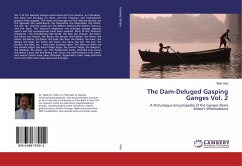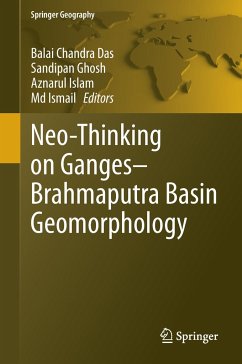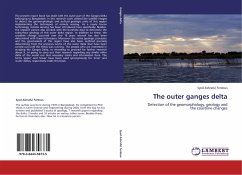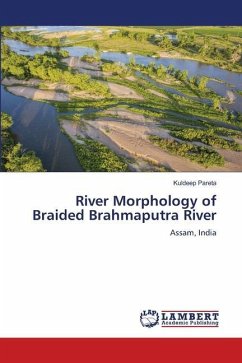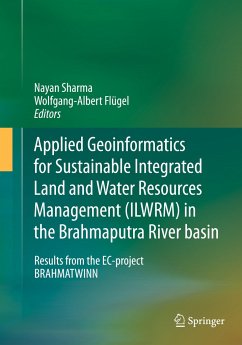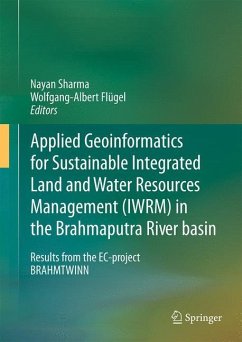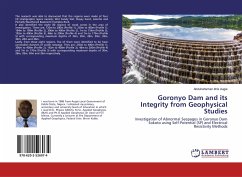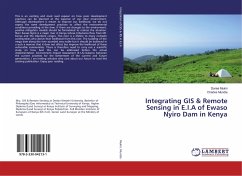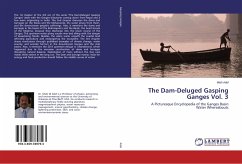
The Dam-Deluged Gasping Ganges Vol. 3
A Picturesque Encyclopedia of the Ganges Basin Water Whereabouts
Versandkostenfrei!
Versandfertig in 6-10 Tagen
65,99 €
inkl. MwSt.

PAYBACK Punkte
33 °P sammeln!
The 1st chapter of the 3rd vol. of the series "The Dam-Deluged Gasping Ganges" deals with the Ganges tributaries coming down from Nepal and a few more originating in India. The 2nd chapter discusses the dams and barrages on the Teesta and the Mahananda, the water piracy from them, and the downstream people's sufferings. Also, it mentions the dams and barrages in the basins of the Brahmaputra and the Barak, the head stream of the Meghna, because they discharge into the lower course of the Ganges. The upstream water piracy causes river bed silting with the danger of devastating floods. Besides, ...
The 1st chapter of the 3rd vol. of the series "The Dam-Deluged Gasping Ganges" deals with the Ganges tributaries coming down from Nepal and a few more originating in India. The 2nd chapter discusses the dams and barrages on the Teesta and the Mahananda, the water piracy from them, and the downstream people's sufferings. Also, it mentions the dams and barrages in the basins of the Brahmaputra and the Barak, the head stream of the Meghna, because they discharge into the lower course of the Ganges. The upstream water piracy causes river bed silting with the danger of devastating floods. Besides, the saline water engulfs the coastal land affecting agriculture and endangering the ecosystem. The 3rd chapter draws conclusions through published examples of climate change, water scarcity, and ecocide horrors in the downstream Ganges and the Aral basins. Also, it mentions the 2013 upstream deluge in Uttarakhand, which happened due to the excessive construction of dams and barrages disrupting natural balance. Exploitation of rivers without the due care makes them extinct in the long run. The Dam and barrage maniac India for energy and food production should follow the middle course of action




